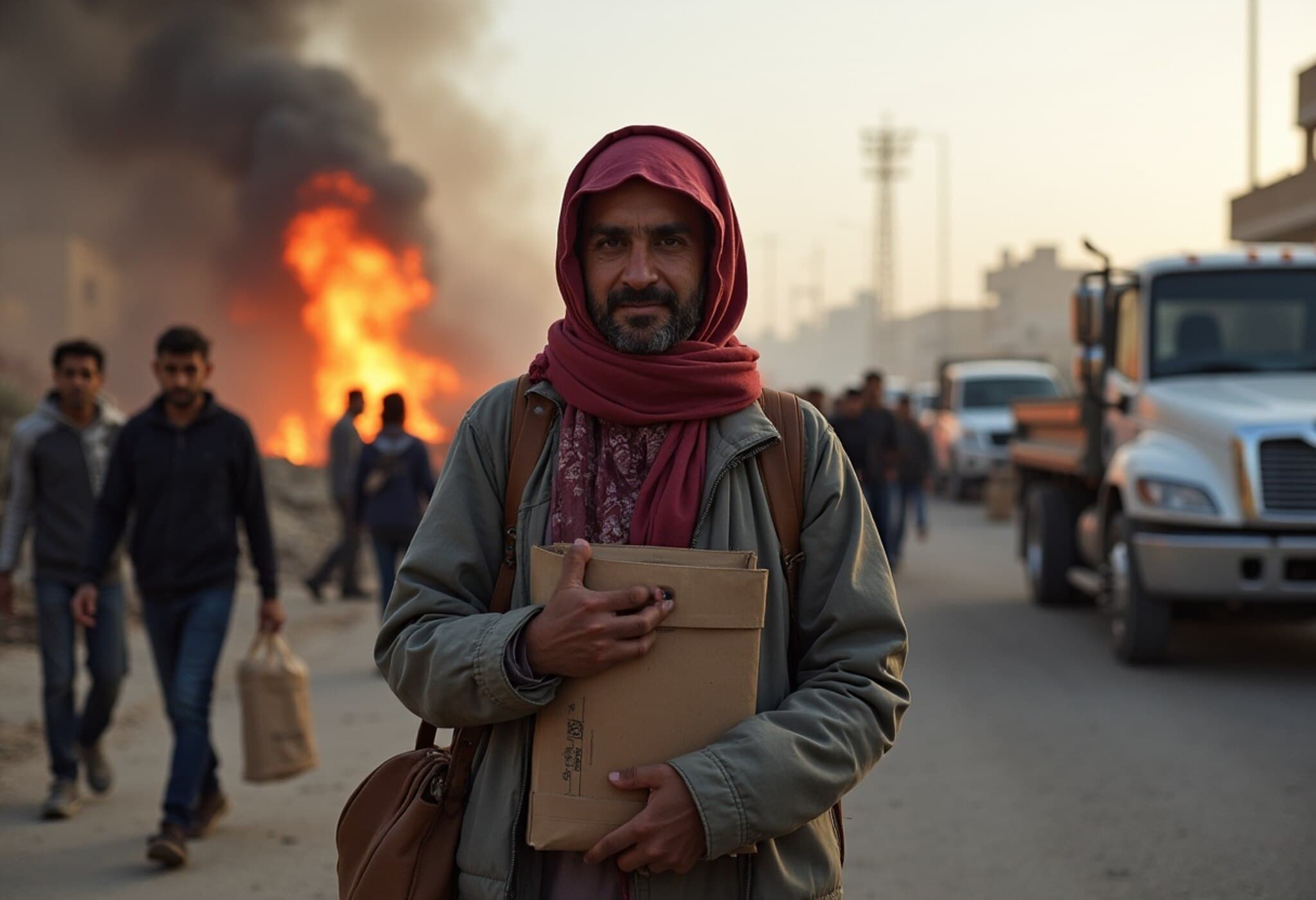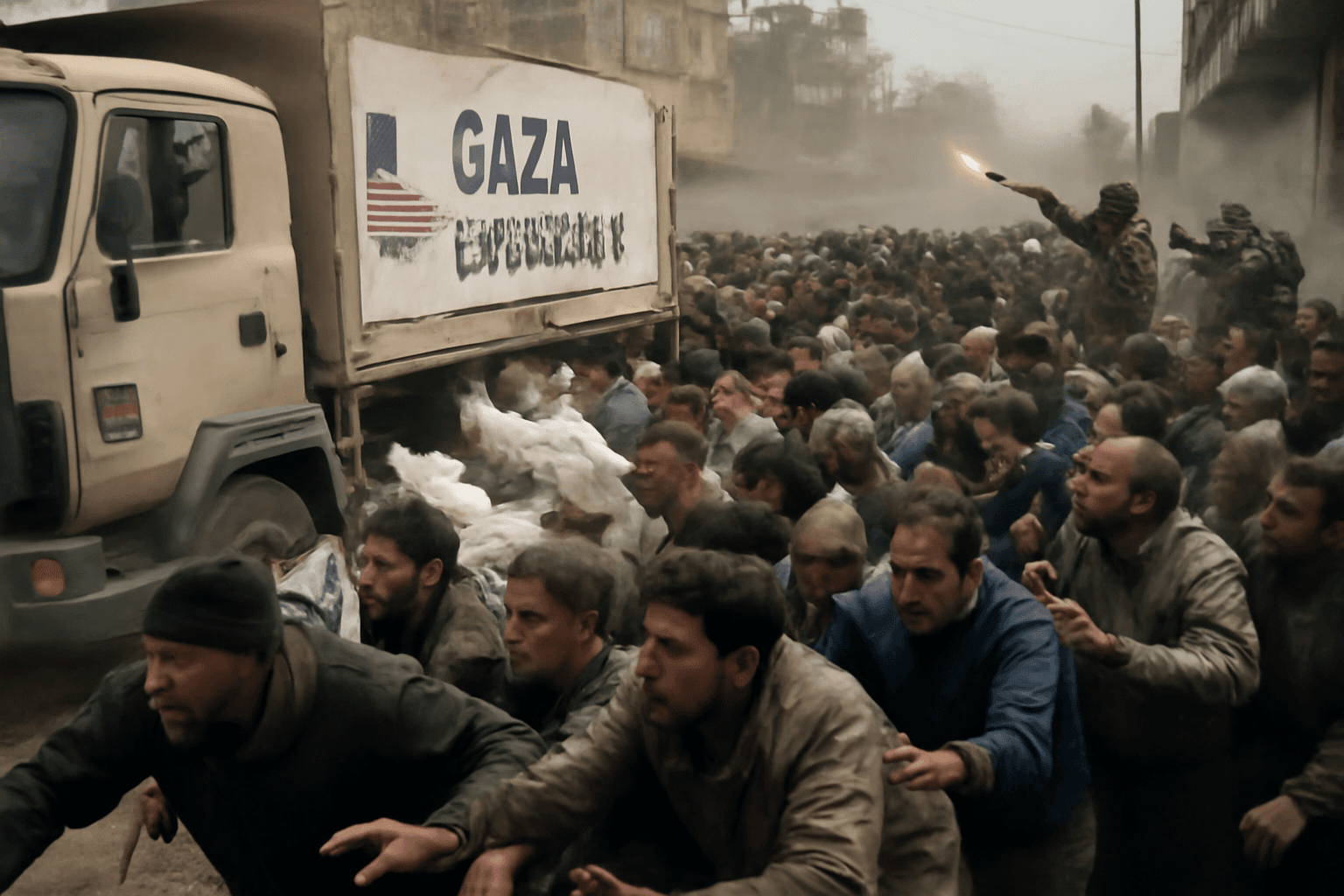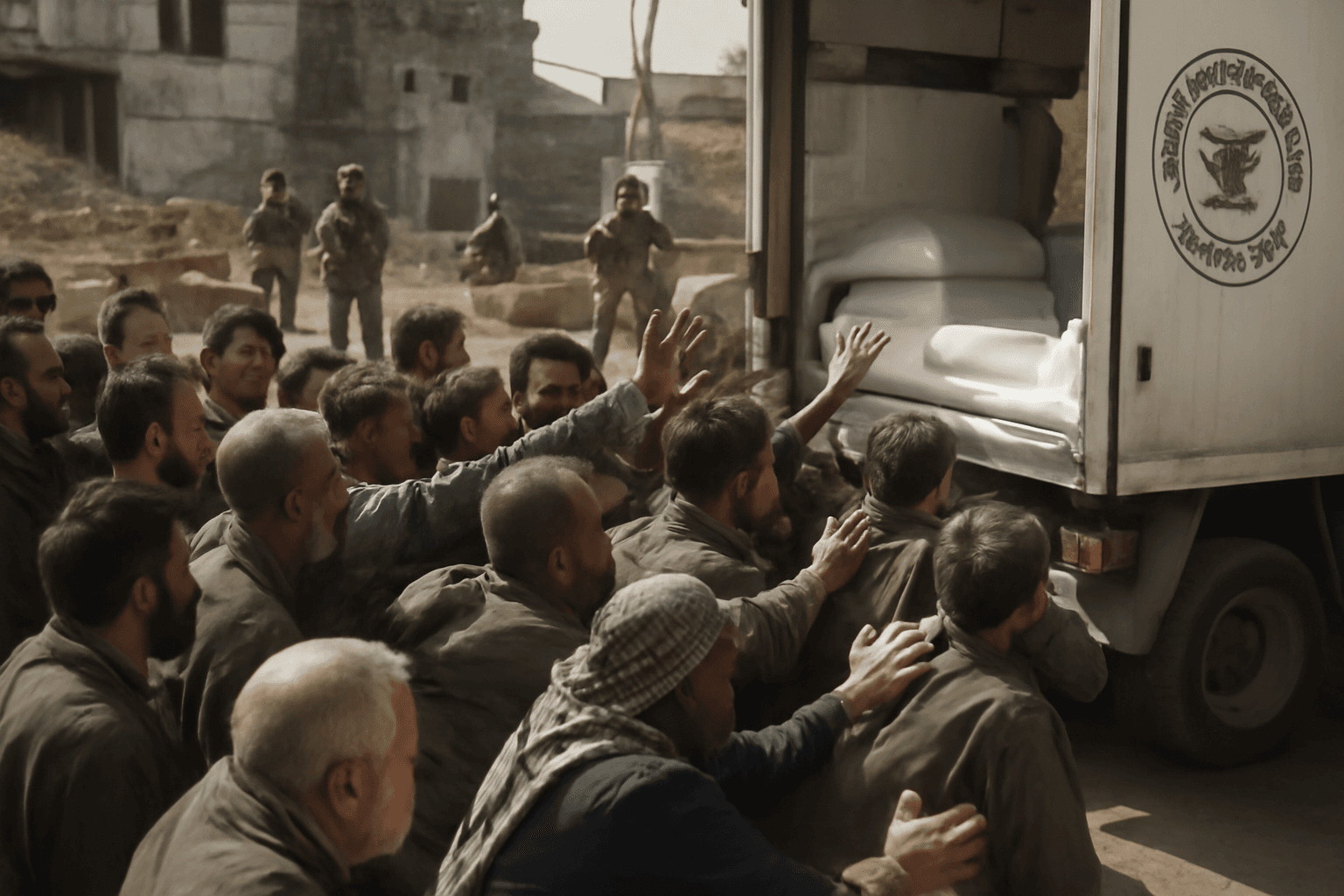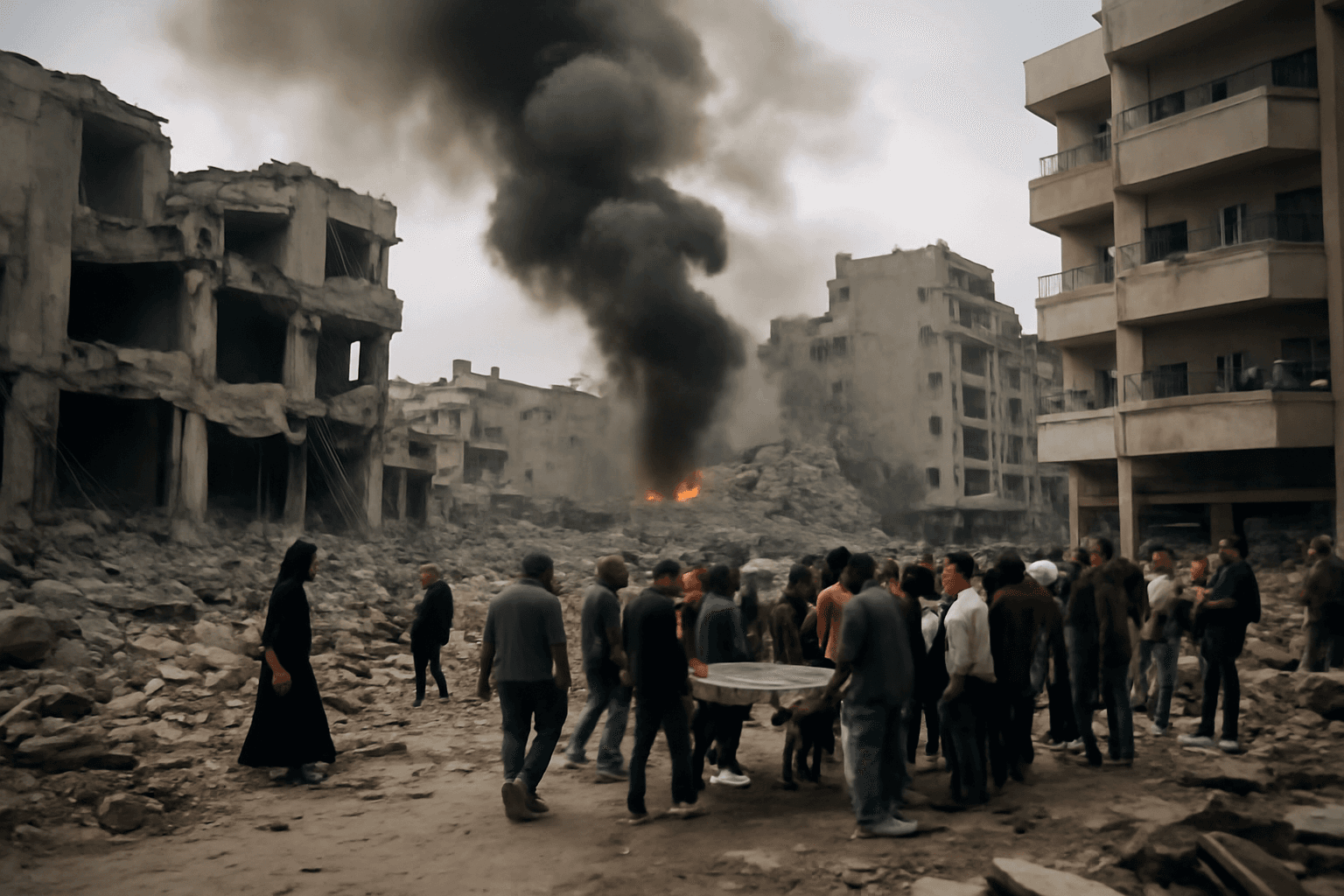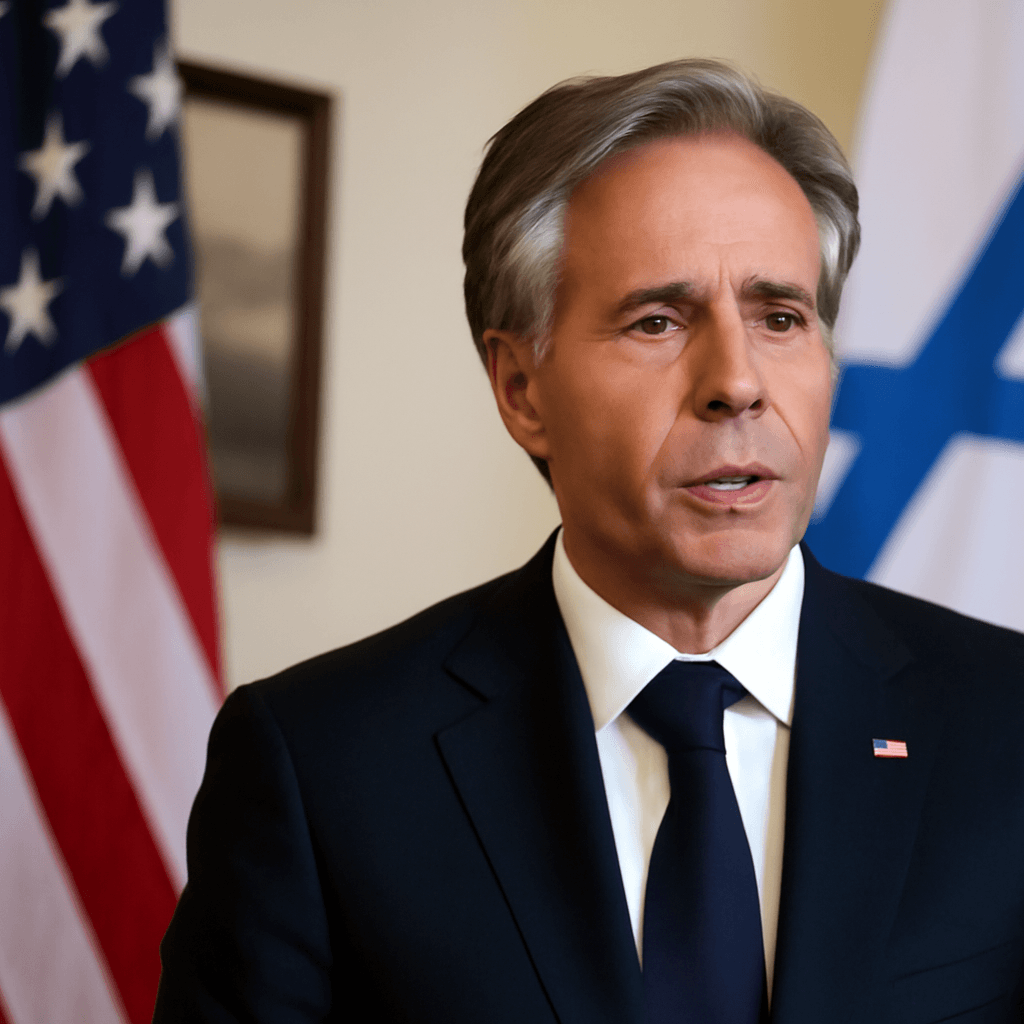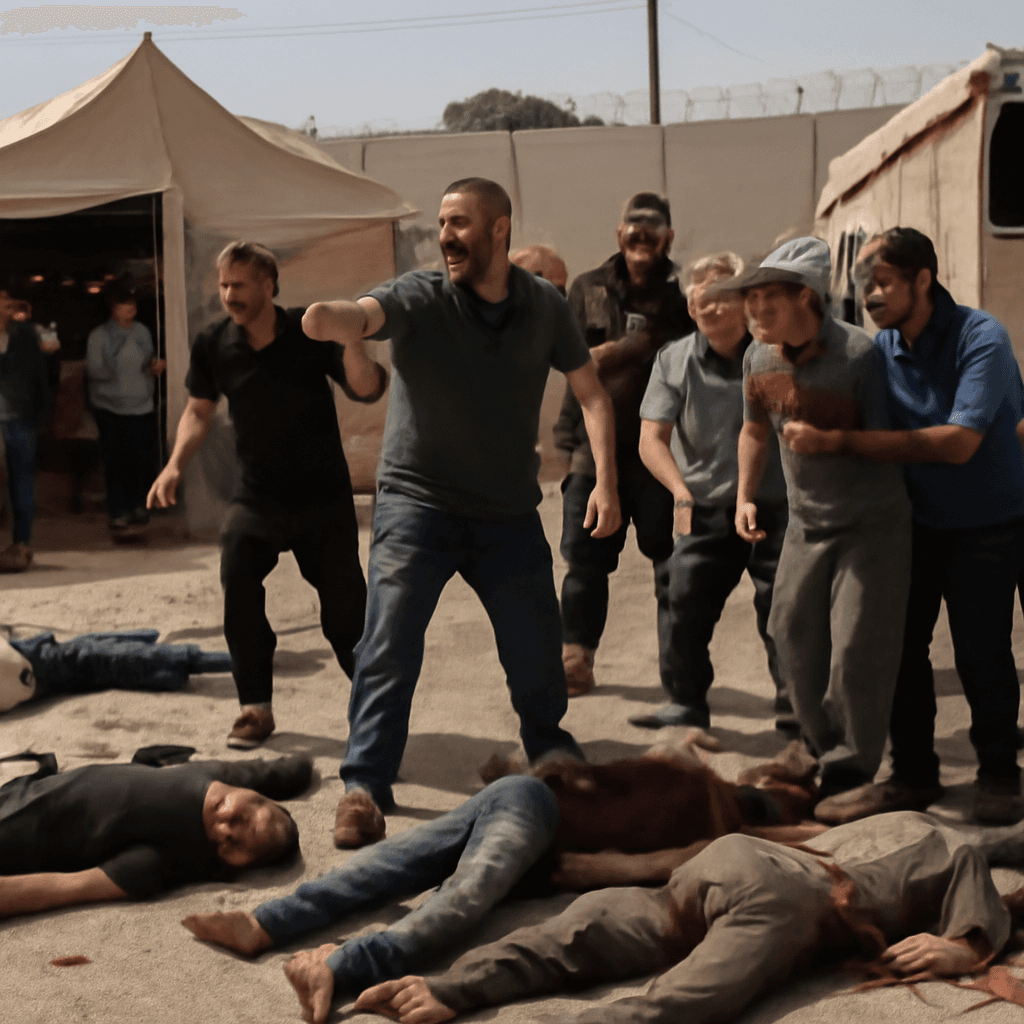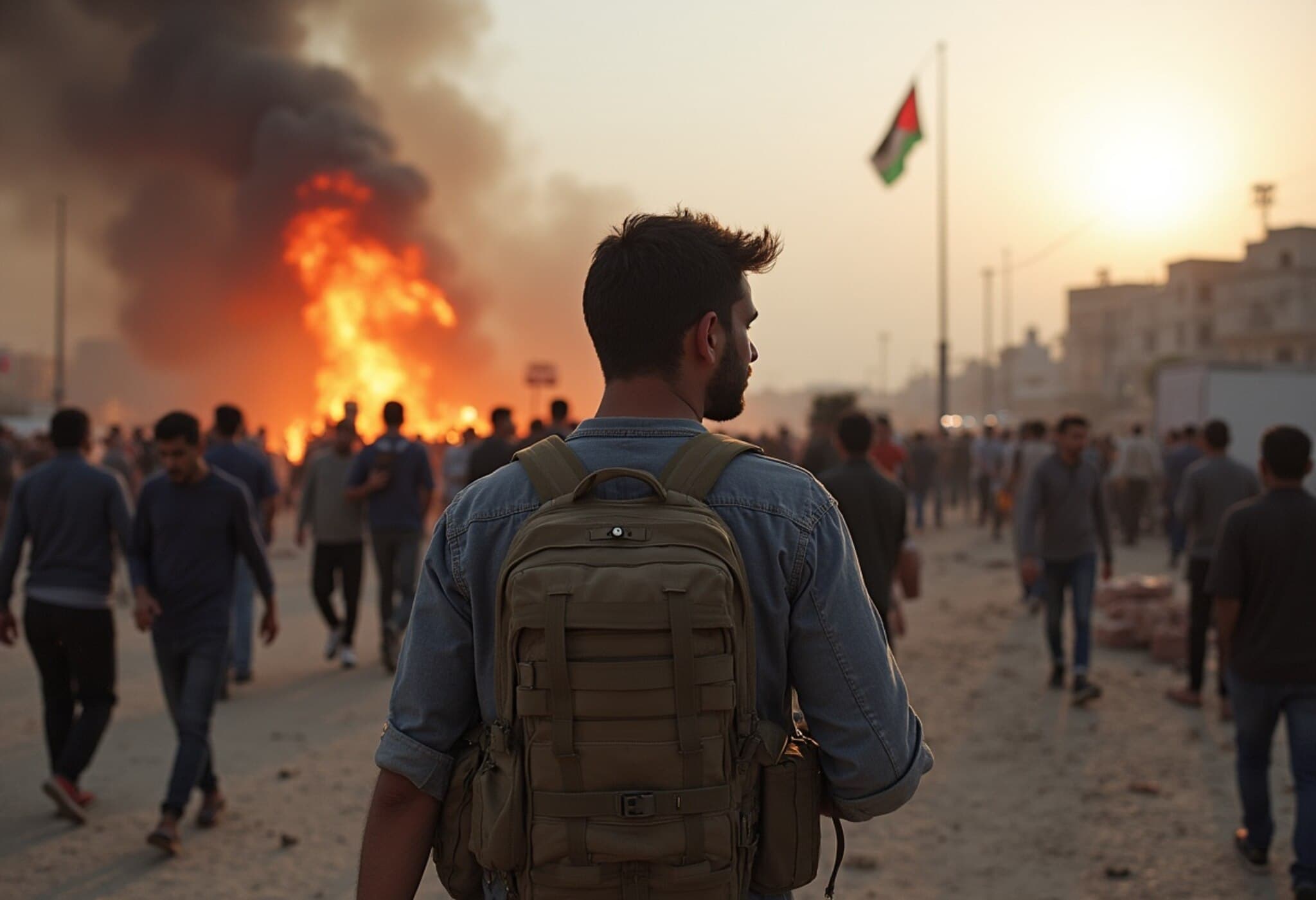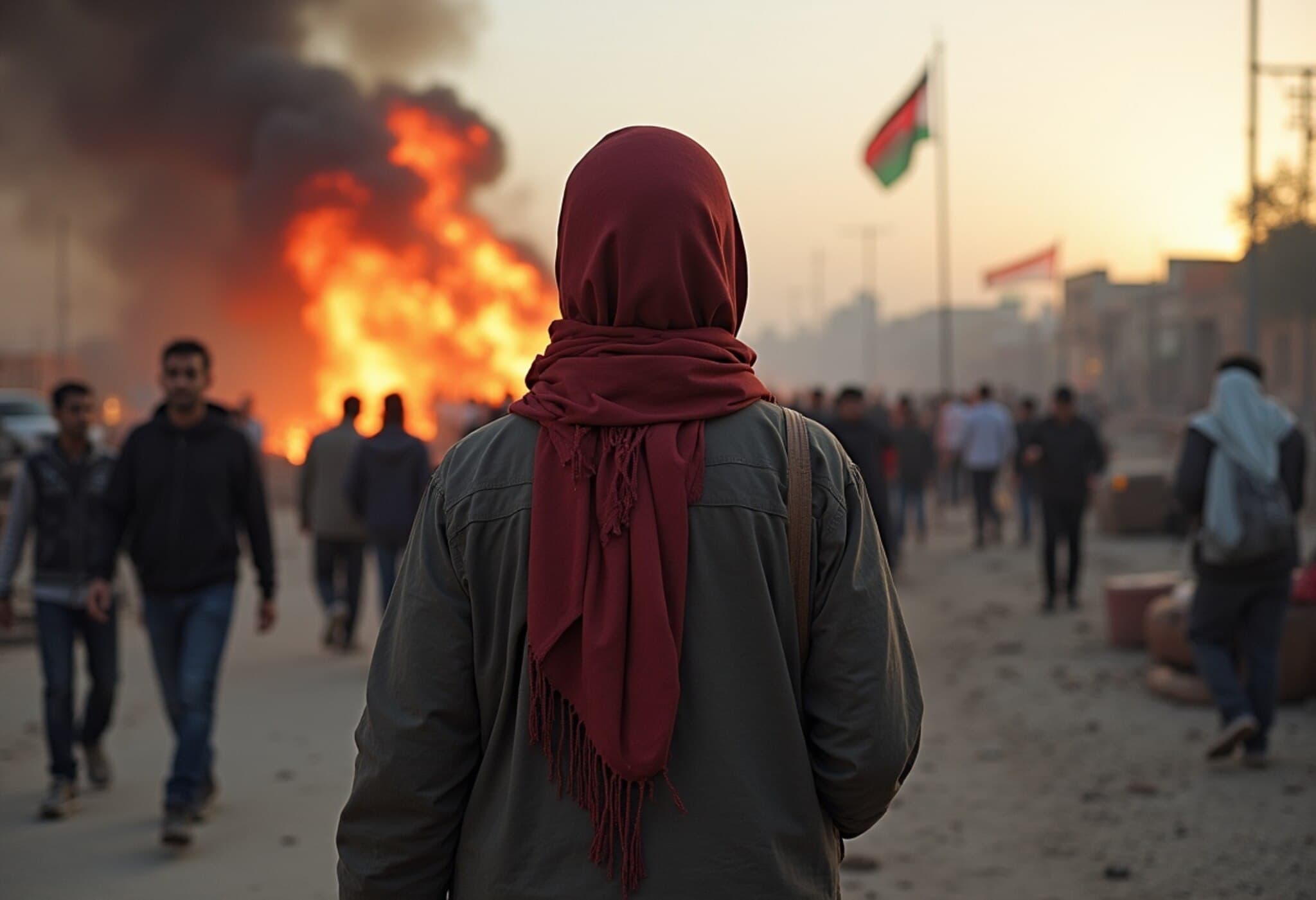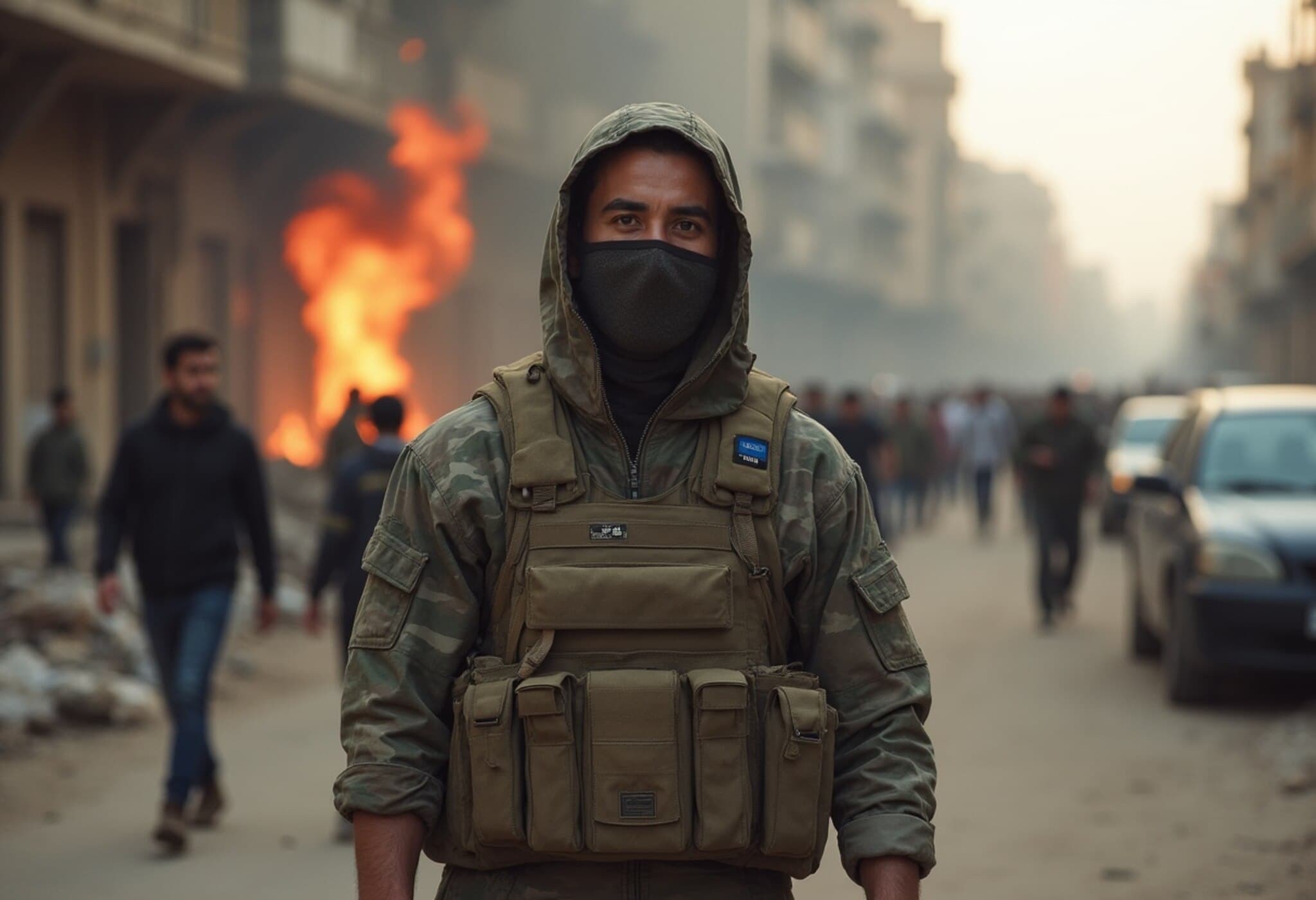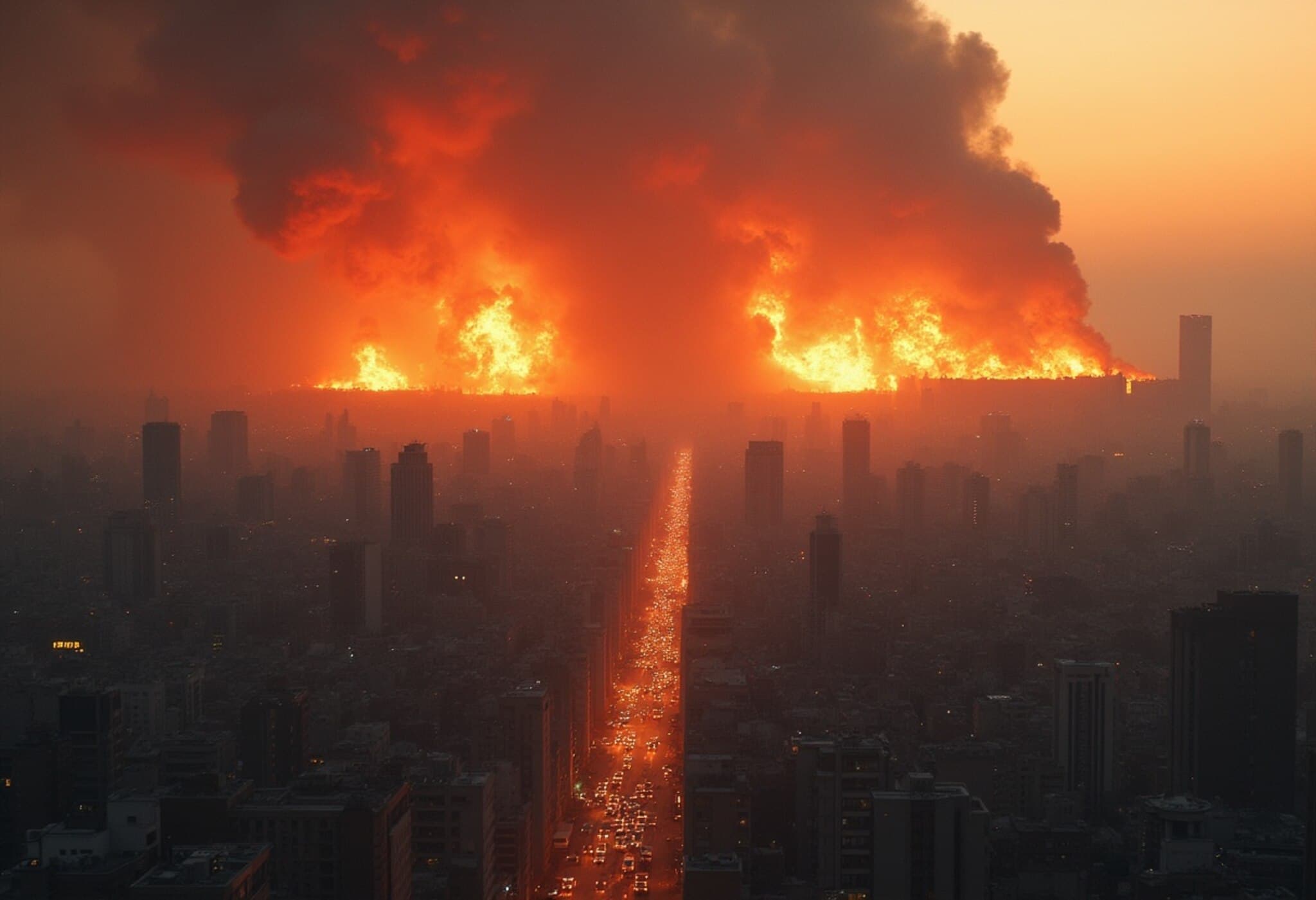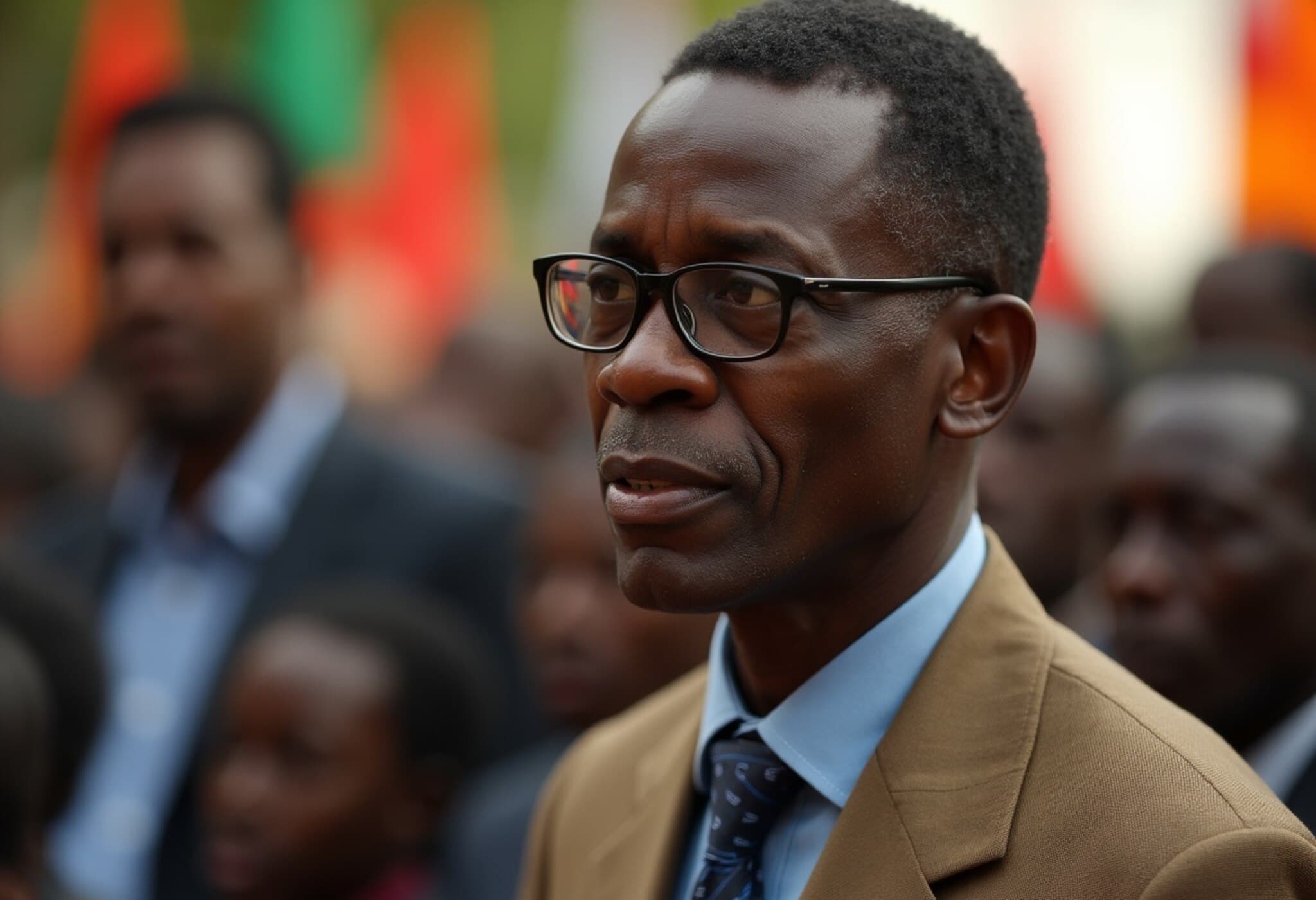At Least 34 Killed Near Gaza Food Distribution Centers Amid Growing Tensions
On Monday, Israeli forces opened fire on crowds trying to access Israeli- and U.S.-backed food distribution centers in Gaza, resulting in at least 34 deaths—marking the deadliest day since these aid points were established last month.
The Health Ministry governing Gaza reported that several hundred Palestinians have been killed and injured in similar shootings since the centers began operations. While the Israeli military did not immediately comment on Monday’s violence, past incidents have seen troops firing warning shots at suspected individuals approaching their positions.
Humanitarian Crisis Deepens Amid Blockade and Aid Restrictions
Palestinians face an agonizing dilemma: risk deadly gunfire or succumb to starvation as they attempt to reach these distribution hubs, managed by a private contractor known as the Gaza Humanitarian Foundation (GHF). The latest deaths include 33 individuals near the Rafah center in southern Gaza and one in central Gaza. Additionally, four others, unconnected to the centers, were killed elsewhere.
The ongoing blockade had cut off food supplies entirely for over two months this year. Although Israel recently eased restrictions to allow a limited flow of aid, resources remain desperately scarce, pushing residents to brave dangerous routes for survival.
Eyewitness Accounts Paint a Grim Picture
Two Palestinians, Heba Jouda and Mohamed Abed, who were part of a crowd gathering near the Rafah food center around 4 a.m., described chaos and panic as Israeli troops began firing before the distribution center even opened.
“Fire was coming from everywhere,” Jouda said, recalling how people fell to the ground seeking cover. “It’s getting worse day by day.” The International Committee of the Red Cross reported treating approximately 200 wounded Monday, marking their largest mass casualty event to date. The previous day saw nearly 170 treated for injuries, mostly due to gunfire near the GHF site.
The Flag Roundabout, situated just a few hundred meters from the Rafah center and identified by the Israeli military as the route to reach the distribution point, has repeatedly been the site of deadly shootings. Palestinian witnesses claim Israeli forces fire to enforce a boundary or deter people from straying off the designated road.
A GHF spokesperson clarified that no shootings have occurred at their operational sites during distribution hours. They attribute violence to people moving outside permitted times or straying from approved routes, acknowledging efforts to enhance safety, including shifting opening times from night to daytime hours.
The Controversy Surrounding the Aid System
The aid delivery framework introduced by Israel and the U.S. intends to replace the U.N.-led humanitarian operations in Gaza. Israel argues this system aims to prevent Hamas from redirecting aid for its own purposes. However, U.N. agencies and major humanitarian organizations dispute claims of widespread Hamas theft and criticize the new mechanism for failing to adequately meet Gaza’s needs.
Critics warn that the system effectively weaponizes food aid to advance Israel’s military and strategic objectives, including pushing Gaza’s population into a smaller, controlled enclave in the southern area.
At a recent parliamentary committee, a field coordinator for an international medical NGO described Israel’s allegations as “specious and cynical,” accusing the new aid arrangement of generating “lethal chaos” rather than delivering genuine humanitarian relief.
Amid War and Blockade, Gaza Faces Growing Hunger and Death
The situation unfolds against a backdrop of ongoing conflict. Since October 2023, Israel’s military campaign following a deadly Hamas attack on southern Israel has resulted in over 55,300 Palestinian fatalities, with more than half being women and children, according to Gaza’s Health Ministry. This figure does not distinguish between combatants and civilians.
The Islamist militant group’s October 7 attack had itself caused approximately 1,200 deaths in Israel and resulted in the capture of 251 hostages, with reportedly fewer than half of these hostages currently alive.
The turmoil at the food distribution sites underscores the dire circumstances facing Palestinians in Gaza, where pressing humanitarian needs collide with military conflict and political strife.

